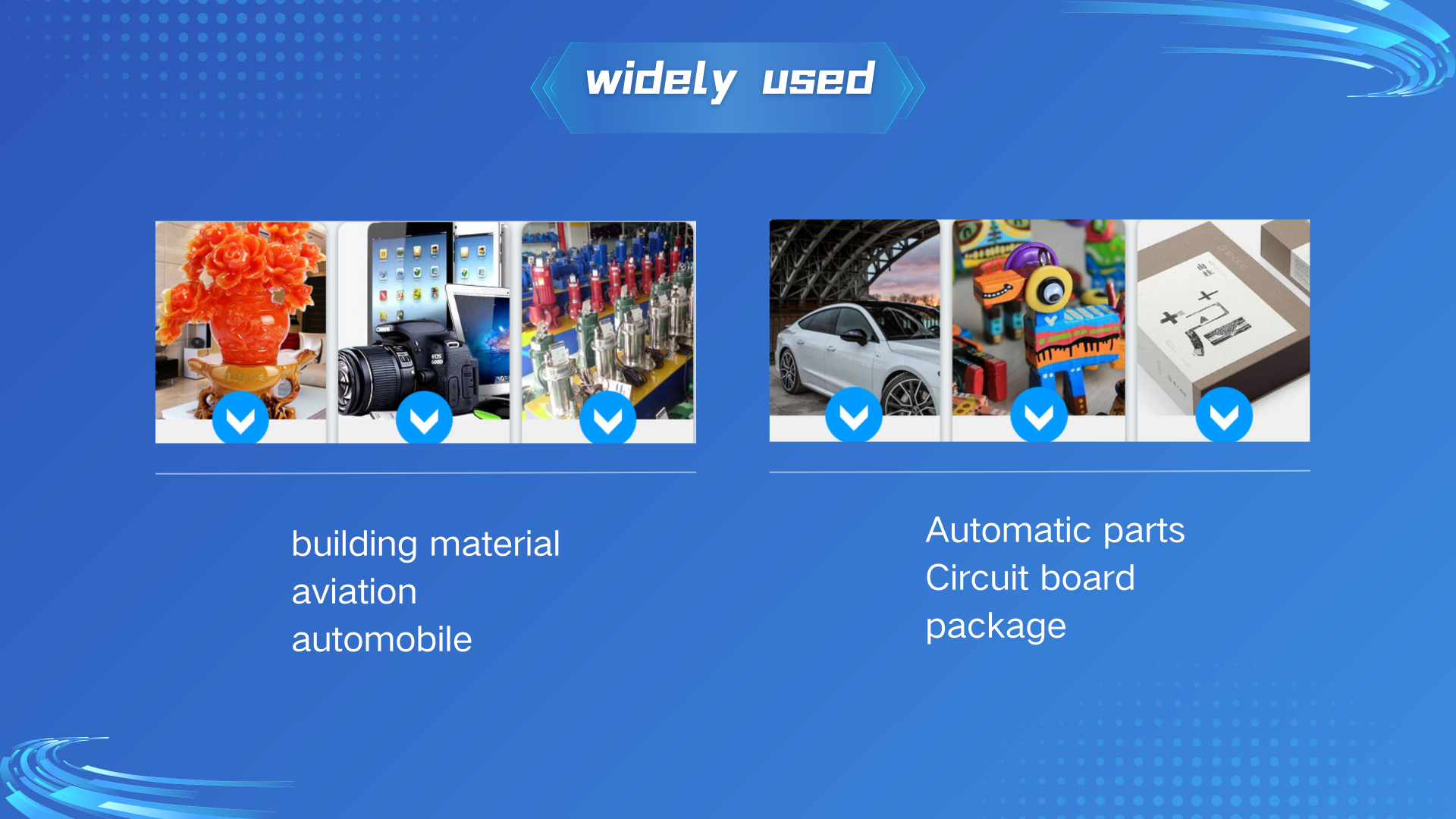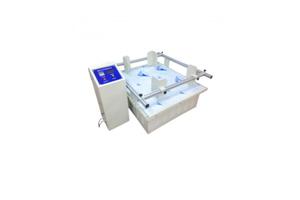Simulate transport shaker
To simulate the damage caused by the turbulence and vibration of the car during transportation to various products and packaging, it can be identified the ability to tolerate vibration.
Technology Parameter
Rotational speed | 0-300RPM (RPM) adjustable |
Speed display accuracy | 1RPM(RPM) |
| Vibration mode | reciprocating |
| Amplitude (P-P) | 25.4mm(inch) |
Load | 100kg |
table size | 1.20*1.1m |
| time setting range | 0s to 99h hours 99M minutes 99S |
| Motor power | 1HP |
Speed regulation mode | Dc speed regulation |
| power source | 220v 50hz |
Feature

Dynamic Response Spectrum & Resonance Avoidance: A critical characteristic is the product-packaging system's inherent dynamic response. Every physical structure possesses natural frequencies at which it resonates – vibrating with significantly amplified amplitude when exposed to matching excitation frequencies prevalent in transportation (e.g., engine vibrations, road surface irregularities, container harmonics). Sophisticated tolerance identification involves mapping the system's Frequency Response Function (FRF). This characterizes how it reacts across the entire spectrum of vibration frequencies encountered during transit (typically 1-200 Hz for road transport). The goal is to identify these resonant peaks and design the system (through product internal bracing, packaging geometry, material selection) to shift critical resonances away from dominant transportation frequencies or heavily dampen them. Tolerance is intrinsically linked to avoiding catastrophic resonance amplification.
Material Damping Properties and Energy Dissipation Mechanisms: Beyond mere strength, the damping capacity of both product components and packaging materials is paramount. Damping refers to a material's ability to convert vibrational kinetic energy into other forms (usually heat), thereby reducing oscillation amplitude and duration. Materials with high inherent damping (e.g., certain polymers, elastomers, viscoelastic foams, constrained layer composites) are essential for tolerance. Packaging characteristics include the strategic use of these materials in cushioning elements to absorb and dissipate energy. Product design characteristics involve selecting internal components (mounts, gaskets, adhesives) with favorable damping properties to prevent energy propagation to sensitive sub-assemblies.
Fatigue Life Prediction under Random Vibration: Transportation vibration is predominantly random – a complex mixture of frequencies and amplitudes occurring simultaneously. Tolerance isn't just about surviving a single shock; it's about enduring millions of stress cycles over potentially long journeys. A key characteristic is the system's resistance to fatigue failure. This involves understanding the S-N curve (stress vs. number of cycles to failure) of critical materials and joints under the specific random vibration profiles (PSD - Power Spectral Density) representative of the intended shipping routes. Tolerance assessment must predict whether solder joints, plastic clips, wire bonds, or structural welds will succumb to cyclic stress accumulation before reaching their destination.
Application











